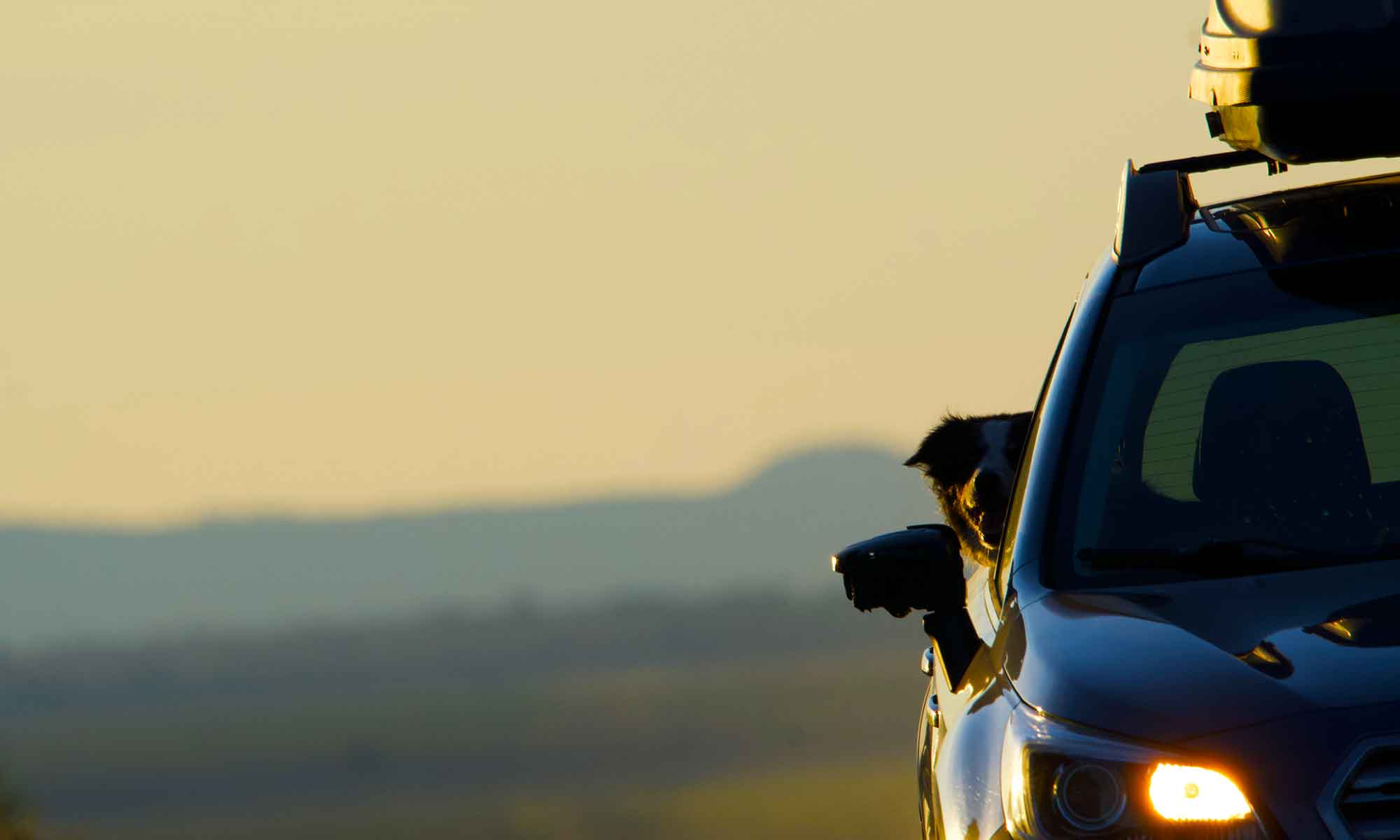
Rain, marking a transition between fall and winter, started up this week. But it didn’t stick around long.
We headed up to the Crooked River to take advantage of a perfect fall day. Morning starts with a dusting of frost and fog obscures the view. We just add an extra layer of flannel under the vest and venture out.

By midday the frost is gone and the fog has burnt off. October skies are typically clear and the sun feels warm, even if there is a bit of chill to the wind.

This time of year migration is in full swing, which boosts the variety of bird sightings. JQ’s camera is kept busy with the renewed activity.

The Kestrel has come back along the river and is hanging near their old nesting site. Hours pass watching the comings and goings of all the different critters.
Another seasonal shift on the river is water levels. As irrigation needs subside, the reservoir restricts flow to start the process of resupply.
These lower flows are matched with temperature shifts, which in turn trigger bug hatches. This is good for the fish and the fisher.

All too soon shorter days will bring cold days and hard frosts. Snow is not far behind which will cause a shift to our travels.
But for the present we’ll add warm shirts to the packing and shift from iced to warm drinks. There is still plenty of sunny fall days to enjoy.

























